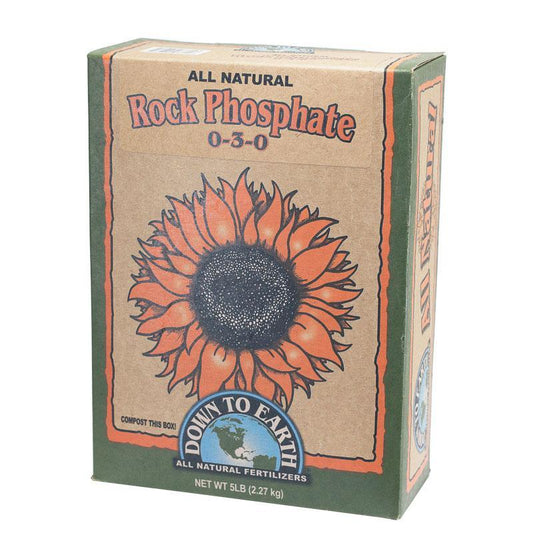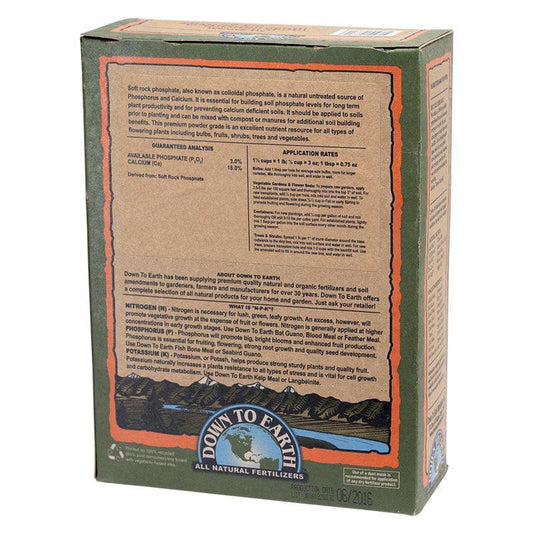Soil Blocks: A Game-Changer for Germinating Seeds and Growing Seedlings
Soil Blocks offer an innovative way to germinate seeds and grow seedlings all in one convenient spot. Unlike traditional seed-starting methods that involve seed trays and transplanting into pots, soil blocks eliminate these extra steps, significantly reducing transplant shock. With soil blocks, you can grow healthier seedlings and streamline your gardening process.
What Are Soil Blocks?
Soil blocks are compact cubes of specially mixed soil, created using a tool called a soil blockers. These blocks are free-standing and designed to hold their shape while supporting seed germination and seedling growth. By using soil blocks, gardeners can avoid plastic trays and pots, making this method an eco-friendly alternative. Additionally, seedlings grown in soil blocks develop stronger root systems and experience less transplant shock since there’s no need to disrupt the roots when moving them to the garden.
Curious about how to use soil blockers? Watch Tricia’s video, soil blocks, where she demonstrates how simple and effective this tool can be for your gardening needs.
Why Traditional Potting Soil Won’t Work
If you’re new to soil blocks, it’s important to understand that traditional potting soil is unsuitable for making these cubes. Potting soil lacks the necessary consistency and structure, causing the blocks to crumble. Instead, you’ll need a specially formulated soil mix that holds its shape when damp, ensuring that your blocks stay intact and provide the ideal environment for seed germination.
 The Ideal Soil Mix for Soil Blocks
The Ideal Soil Mix for Soil Blocks
The recipe for soil blocks comes from Eliot Coleman’s book, The New Organic Grower. Here’s what you’ll need to create the perfect mix:
- Peat Moss (or Substitute): Essential for retaining water and creating air pockets in the soil. If you’re concerned about sustainability, consider using coco peat (coconut fibers) as an alternative. Use 30 quarts.
- Compost: Provides nourishment for seedlings. Use 20 quarts.
- Sand or Vermiculite: Vermiculite is sterile and holds water well, making it an excellent substitute for sand. Use 20 quarts.
- Oyster shell flour: Enhances soil structure and provides calcium. Use ½ cup.
- Garden Soil: Contributes a small amount of natural nutrients. Use 10 quarts.
- Base Fertilizer: A mix of 1 cup each of blood meal, colloidal phosphate, and greensand.
Mixing Instructions
Thoroughly mix all ingredients and add water until the mixture achieves the consistency of wet cement. The soil should be damp enough that a small amount of water oozes through the openings of the soil blocker when pressed.
Tools for Soil Block Creation
To ensure success, you’ll need a few essential tools:
- Sieve: Use a fine mesh sieve to screen soil mixture ingredients, creating a light, airy texture that’s ideal for seed germination.
- Potting tray: A sturdy tray helps with measuring, mixing, and moistening the soil.
- Respirator: Wear a respirator when working with fine powders like peat moss and oyster shell flour to protect your lungs.
Pre-Made Options: Quickroot
If mixing soil isn’t your thing, try Quickroot, an organic soilless seed-starting mix designed for soil blocks, Seedling trays, and Planter trays. Quickroot’s ingredients include:
- Coconut coir fiber
- Vermiculite (no detected asbestos)
- Organic green waste compost
- Bone meal
- Soft rock phosphate
Available in 1-cubic-foot bags and larger 54-cubic-foot bags, Quickroot simplifies the soil preparation process while delivering excellent results.
Alternative Soil Block Recipes
Soil blocks are more popular in Europe, and many recipes originate from British gardeners. Here are two tried-and-true options:
David Tresemer’s Recipe
From Transplants in Soil Blocks:
- 4 parts peat moss
- 1 part well-rotted compost
- 1 handful of ground calcium limestone (per cubic foot of mixture)
- 1 handful of ground basalt rock powder
Thalassa Cruso’s Recipe
From gardening expert Thalassa Cruso:
- 2 parts peat moss
- 1 part vermiculite
- 1 part good garden soil (preferably friable “chocolate cake” soil)
- A small amount of clay dust as a binder
For both recipes, moisten the mixture to a slurry-like consistency before packing it into the soil blocker.
Benefits of Soil Blocks
Soil blocks offer several advantages over traditional seed-starting methods:
- Eco-Friendly: Reduces reliance on plastic pots and trays.
- Healthier Seedlings: Promotes robust root systems by air-pruning roots naturally.
- Minimal Transplant Shock: Makes transplanting easier and less stressful for plants.
- Customizable Sizes: Soil blockers come in various sizes, allowing you to choose the right block size for your seeds.
Tips for Success with Soil Blocks
- Place soil blocks on a waterproof tray for easy watering.
- Use a bottom-watering method to maintain moisture without disturbing the blocks.
- Label your blocks to keep track of different seed varieties.
- Cover blocks with a humidity dome or plastic wrap to maintain warmth and moisture during germination.
Are You Ready to Try Soil Blocks?
Soil blocks are a fantastic method for growing seedlings, offering sustainability, efficiency, and healthier plants. Whether you mix your own soil or opt for Quickroot, this technique will revolutionize your gardening routine.






11 comments
Sue, no not really, fungus gnats lay their eggs in the soil and the larvae live there. You can use a product with Bt in it like the Mosquito bits or search our site for fungus gnats and many products will pop up. There are also sticky traps that you can put in your house plants that will help control the population.
What about those nasty little fungus gnats? Don’t they come from peat moss?
Lisa, if you have a large bank of weed seeds in your soil it may add some that will germinate. The recipe is from the book the New Organic Grower and he has been using the mix for years, so probably not a problem if you get a few weed sprouts growing.
Won’t putting garden soil into the mix introduce weed seeds that will germinate?
Laura, I have updated our blog and added some measurements with a few changes. This recipe is from Eliot Coleman and can be found in his book The New Organic Grower, a great book and well worth picking up.